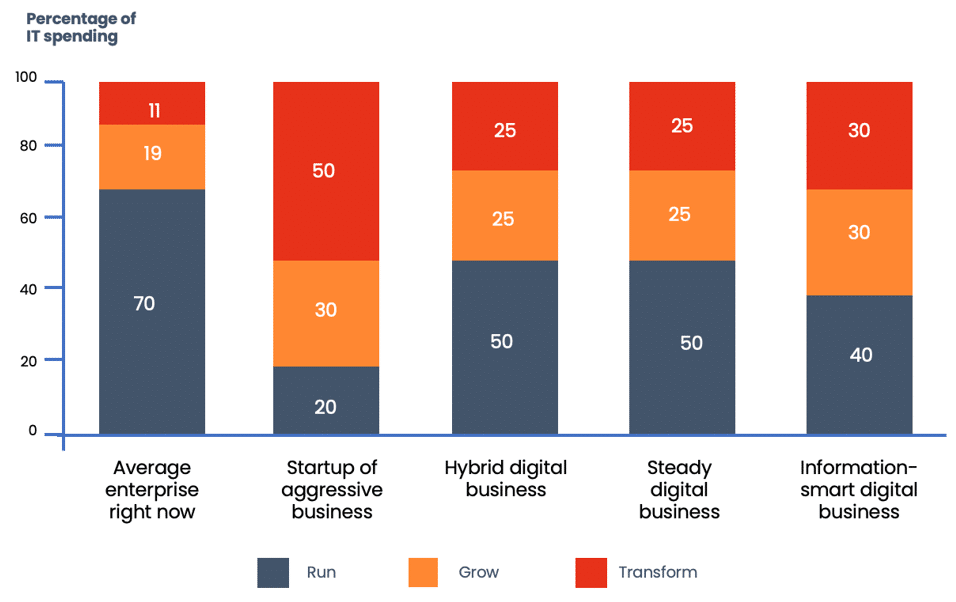We are in an era of rapid technological change, where advancements like cloud computing, AI and data analytics alongside ERP and CRM systems, such as Dynamics 365 Finance and Operations and Dynamics 365 Customer Engagement, are critical to enterprise success. Maintaining an edge in such competitive times requires more than just adopting advanced technologies; it demands agility, actionable insights, and a customer-responsive approach.
Managed services have become a key enabler of enterprise IT solutions, turning mission-critical applications into strategic assets that drive valuable business outcomes. This blog examines the evolution of Application Management Services (AMS) in response to increasing business demands and why rethinking the traditional AMS model is crucial for sustained success.
The importance of Application Management Services (AMS) in the present IT landscape
The increasing competitiveness in the market has led to more complex and diverse IT landscapes, making technology management costly. Currently, 65% of IT budgets are allocated to maintaining existing systems. To manage these costs effectively, organizations are creating specialized functions to oversee applications and infrastructure, which is driving growth in the Application Management Services (AMS) sector.
According to Gartner, the global enterprise application software market is expected to reach $387 billion in 2024, growing at a rate of 13.7% in constant currency. By 2028, the market will expand to $662 billion, with a compound annual growth rate (CAGR) of 13.6% from 2023 to 2028.
More insights: Explore the benefits of managed services and how they can enhance your business operations.
IT spending categories: Transform, Grow, and Run
Gartner categorizes enterprise IT budgets into three main areas: Transform (spending on new software projects), Grow (investing in enhancing and expanding existing IT systems), and Run (expenses for maintaining current IT systems).

As the image above shows, a significant portion of IT budgets is allocated to maintaining existing systems. During financial challenges, businesses tend to reduce their ‘Transform’ and ‘Grow’ spending but cutting the ‘Run’ budget could substantially risk major operational disruptions. To remain competitive and scale successfully, IT service companies must prioritize AMS, which is increasingly seen as a cornerstone of the Run category.
Optimizing IT spending while mitigating risks can be challenging. Partnering with a Managed Services Provider (MSP) for Application Management Services (AMS) allows enterprises to streamline their RUN budgets effectively. Outsourcing application management to industry experts not only ensures smooth and reliable operations but also frees up internal resources to focus on growth and innovation. Additionally, by examining how leading companies allocate their IT budgets, businesses can gain valuable insights and adjust their strategies—investing more in AMS to boost performance and drive long-term scalability.











